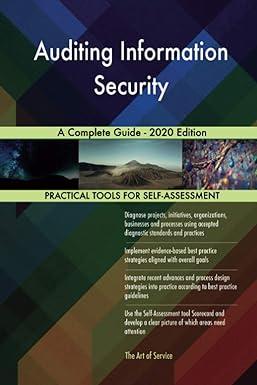Question
Cost Allocation and Environmental Processes-Ethical Issues California Circuits Company (3C) manufactures a variety of components. Its Valley plant specializes in two electronic components used in
Cost Allocation and Environmental Processes-Ethical Issues California Circuits Company (3C) manufactures a variety of components. Its Valley plant specializes in two electronic components used in circuit boards. These components serve the same function and perform equally well. The difference in the two products is the raw material. The XLD chip is the older of the two components and is made with a metal that requires a wash prior to assembly. Originally, the plant released the wastewater directly into a local river. Several years ago, the company was ordered to treat the wastewater before its release, and it installed relatively expensive equipment. While the equipment is fully depreciated, annual operating expenses of $250,000 are still incurred for wastewater treatment. Two years ago, company scientists developed an alloy with all of the properties of the raw materials used in XL-D that generates no wastewater. Some prototype components using the new material were produced and tested and found to be indistinguishable from the old components in every way relating to their fitness for use. The only difference is that the new alloy is more expensive than the old raw material. The company has been test-marketing the newer version of the component, referred to as XL-C, and is currently trying to decide its fate. Manufacturing of both components begins in the Production Department and is completed in the Assembly Department. No other products are produced in the plant. The following provides information for the two components:
XL-D XL-C Units produced 100,000 25,000 Direct material costs per unit $12 $14 Direct Labor Information Direct labor-hours per unitProduction 0.1 0.1 Direct labor-hours per unitAssembly 0.4 0.4 Direct labor rate per hourall labor $20 $20 Other Activity Information Machine-hours per unitProduction 1.6 1.6 Machine-hours per unitAssembly 0.4 0.4 Testing hours per unit 3.0 3.0 Shipping weight per unit (pounds) 1.0 1.6 Wastewater generated per unit (gallons) 10.0 0.0
Annual overhead costs for the two departments follow: Production Department Assembly Department $1,050,000 $500,000
The company decides to compute product costs assuming they implement an Activity Based Costing (ABC) system. The company first assigns all overhead to one of six cost pools. The overhead cost pools and the cost drivers selected for those cost pools are:
Overhead Cost Pool Cost Pool Total Cost Pool Driver Supervision $ 340,000 Direct labor hours Material Handling $ 133,000 Direct material cost Testing $ 150,000 Testing hours Wastewater treatment $ 300,000 Wastewater generated (gal) Equipment depreciation $ 500,000 Machine hours Shipping $ 127,000 Weight (pounds) What would the per unit product cost be reported for each product if this ABC system were implemented? Assume that the production mix and costs would remain as originally planned.
Step by Step Solution
There are 3 Steps involved in it
Step: 1

Get Instant Access to Expert-Tailored Solutions
See step-by-step solutions with expert insights and AI powered tools for academic success
Step: 2

Step: 3

Ace Your Homework with AI
Get the answers you need in no time with our AI-driven, step-by-step assistance
Get Started


